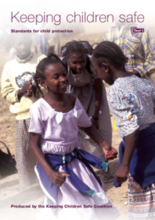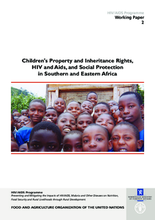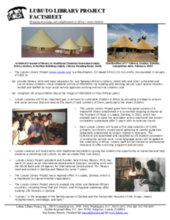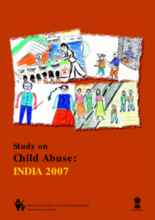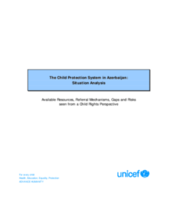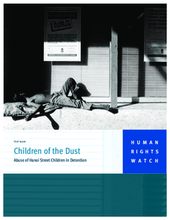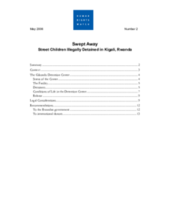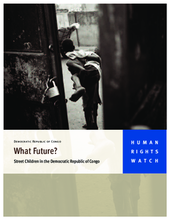Displaying 171 - 180 of 216
The first tool in the Keeping Children Safe Toolkit which explains what the basic standards should be for all organisations across the world working with and for children directly and indirectly
Discusses the bi-directional relationship between HIV/AIDS and agriculture, food security, and rural livelihoods, including the relationship between HIV/AIDS and children’s property and inheritance rights
The Lubuto Library Project seeks to fill an important gap in services to vulnerable children in Africa by providing a bridge to schools and social services otherwise beyond their reach.
Presents the findings of a nationwide study into the extent and characteristics of child abuse and girl neglect in India. Includes: children in a family environment but not attending school; children in schools; children in institutional care; working children; and street children.
A report that identifies gaps and provides recommendations for protecting and supporting girls living on the streets. It provides models of good practices from Ghana, Kenya and Zimbabwe.
Analyzes emerging protection problems and priorities of children living in Azerbaijan. Drafts a map of the institutional system related to child welfare at a national level.
For street children in Hanoi, Vietnam is falling far short of its obligations under Vietnamese and international law, including the Convention on the Rights of the Child.
This report details the conditions of children held at an unofficial detention center in Kigali, Rwanda, held in overcrowded buildings and suffering from a lack of adequate food, water, and medical care, and subjected to abuse.
This document presents the full policy on the alternative care of children in Cambodia.
This report is based on interviews with more than fifty street children in the Democratic Republic of Congo––children who might not necessarily be without families, but who live without meaningful protection, supervision, or direction from responsible adults.

